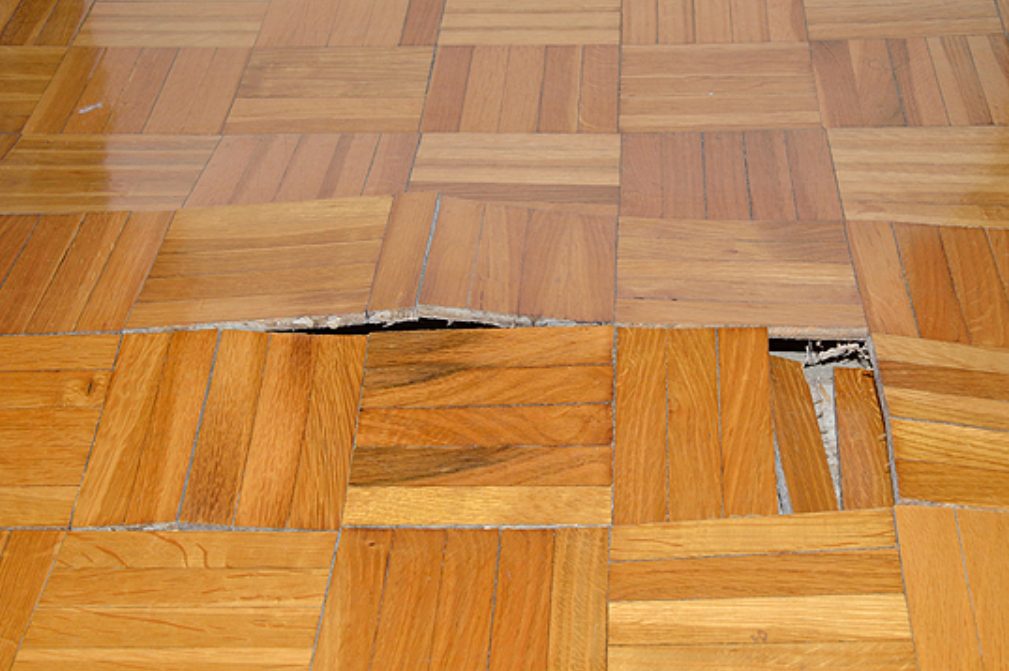Choosing the right wood flooring for your house is a difficult task. The flooring is generally the first thing you notice when you enter a space, and it may either complement or ruin the finished look.
The pressure of having to make the ideal option is enough to push you over the edge. But when you add to this that numerous alternatives and issues must be weighed, you have a prescription for endless sleepless nights.
If you’ve gotten yourself into that position, this is the place to start when determining what sort, color, and style of wood flooring will not only be the finest choice for aesthetic reasons but also the most practical.
How to choose the colour of your wood flooring
The color of your wood flooring should be the first thing you consider since it’s often the simplest decision. You may have a planned color scheme for the room and a general theme for the house’s overall appearance, so you know what flooring hue to choose.
However, if you’re still unsure, here are some pointers to assist you in making a decision.
Take into account the size of the space.
Regardless of the room’s actual size, the color of flooring you put in will have a significant influence on how it feels. Darker tones, for example, will create a smaller, more comfortable atmosphere that works in rooms with a larger space. In a smaller space, lighter, more natural tones should be used to create the impression of greater openness.
Consider how you’ll use the space.
You should choose colors that will reflect the mood you want to create in the area based on one primary goal.
Social space vs Private space
A bedroom’s objective is generally to relax and unwind, so you may want the space to feel warm and inviting. In a social setting, for example, such as a living room, you might want it to appear brighter to reflect the area’s function.
It’s quite simple: yellow or light oaks in brighter woods provide a warm, inviting atmosphere that is perfect for social areas. In quieter, more private areas, dark greys and browns are preferable.
Consider the availability of natural light.
There are many reasons why natural light has such an impact on the color of wood flooring throughout the day, so you must think about this when selecting a wood floor for your location. Make sure you know how the wood flooring will look in artificial light, natural light, and no light at all.
Consider the overall design of the property.
It’s crucial to ensure that each room feels unique and functional, yet you’ll almost certainly have a broad theme in mind for the home that you’d want to keep consistent throughout.
Modern vs Traditional
If you have a brand-new construction with many contemporary features, for example, you may wish to embrace it by adhering to current trends and using a lot of bright colors (whites and greys are popular). Alternatively, a classic and traditional house that has a rustic, earthy appearance would look better with more severe tones.
What type of wood is best for your wood flooring?
The most important choice for many individuals when selecting a wood flooring is the species of wood to utilize. Here are a few of the differences between woods and what you should think about when making a selection.
Wood grain and grade
The grain and grade vary among woods, so there’s no advantage to one over the other. It’s simply a question of personal choice and the appearance you want to achieve.
The grain is the pattern that can be seen on the surface of the wood and has an impact on how natural it appears. Oak, for example, has a characteristic grain pattern that makes it an excellent choice for those who prefer a more understated and traditional wood floor.
The grade of a wooden floor is defined as the amount of sapwood and knots it has, ranging from prime to rustic grade. A prime grade floor will be a more uniform color throughout and won’t have as many knots, giving it a beautifully clean aesthetic. Sapwood and variation in color, as well as more knots, are typical of a rustic grade.
Damage-Resistance
The wood’s hardness will mostly impact its longevity. Softwood and hardwood are two different types of wood. Hardwoods, such as beech and oak, are more resilient to damage. Softwoods, such as pine, are less so.
Wood colour
If you’re wedded to a specific hue, you might be limited in terms of wood types because certain woods can only be obtained in a certain number of natural hues. The wood colour varies depending on the species, with oak being lighter, walnut being richer, and so on.









